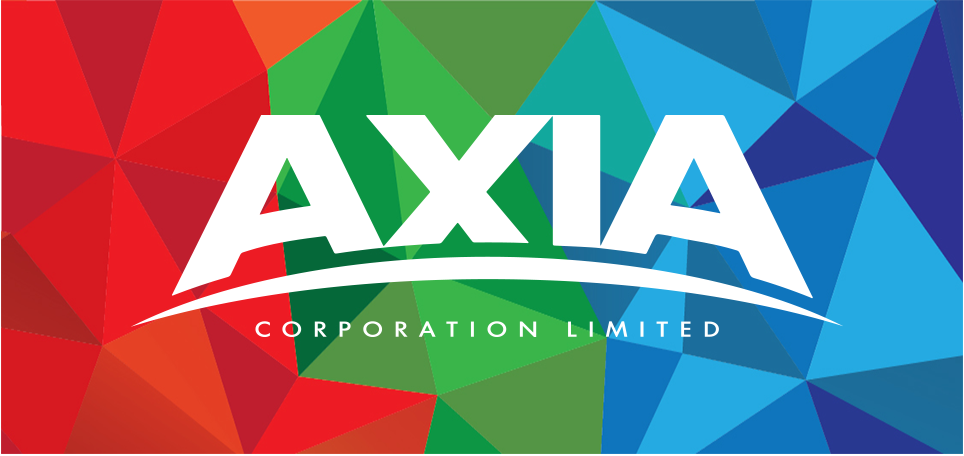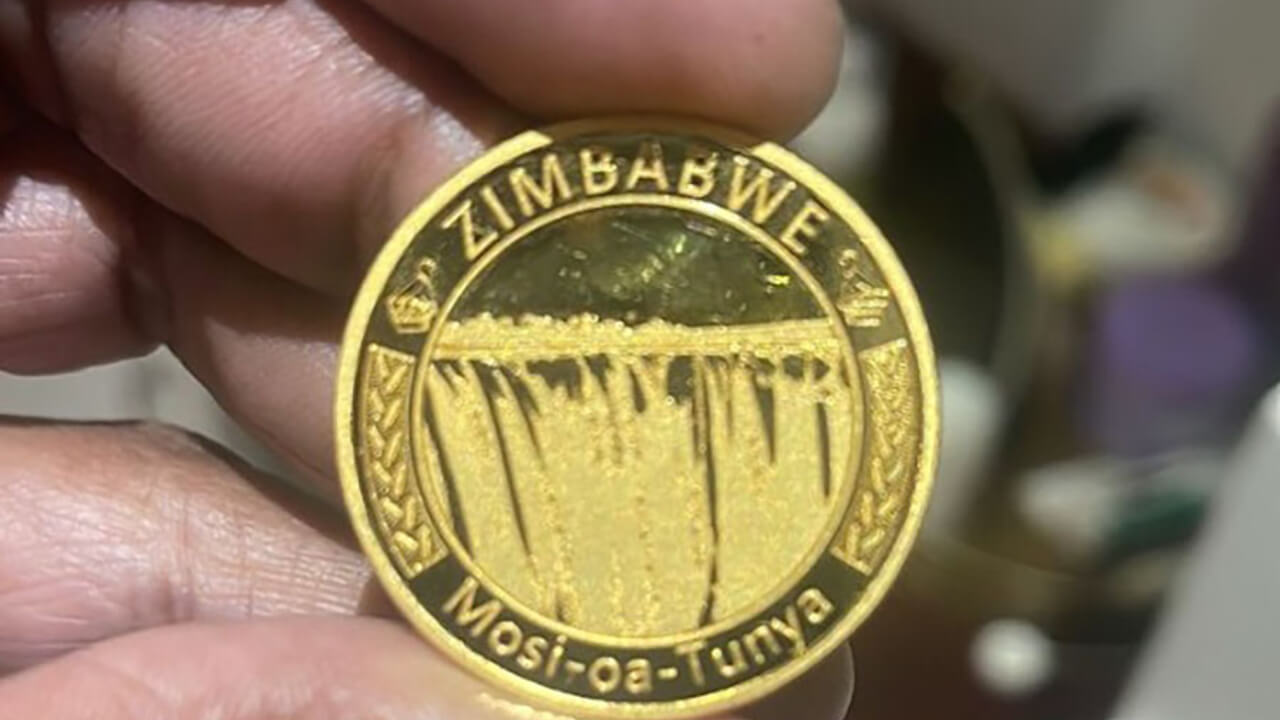Gold coins to be held for at least 180 days
According to Dr Mandudya ordinary Zimbabweans will ”benefit because if we don’t go to the parallel market, the parallel market rate stabilises and the ordinary person will benefit more from the stability that these gold coins, all things being equal, will achieve”.
Individuals and institutional buyers of Reserve Bank of Zimbabwe (RBZ’s) gold coins will
be required to hold them for at least 180 days before selling while exporters earning less
than a million US dollars will be allowed to use the surrender portion of their receipts to
purchase the coins in foreign currency.
A gold coin is made mostly or entirely of gold. Most gold coins minted since 1800 are 90–
92 percent gold (22 carats), while most of today’s gold bullion coins are pure gold, such
as the Britannia, Canadian Maple Leaf, and American Buffalo.
Alloyed gold coins, like the American Gold Eagle and South African Krugerrand, are
typically 91,7 percent gold by weight, with the remainder being silver and copper.
The RBZ’s gold coins, named Mosi-oa-Tunya, will be released into the market on July
25.
The central bank is on record saying the coins, which are chiefly meant to provide an
alternative to the US dollar as a store of value option, will help reduce demand for the
greenback.
According to the RBZ, exporting companies earning less than US$1 million will be able to
buy the coins in hard currency from their retained export earnings.
“Notwithstanding this requirement, exporters whose annual export receipts in 2021 were
less than US$1 million, shall require a specific exchange control approval to be permitted
to utilise a portion of their surrender portion that is payable in local currency, to
purchase the gold coins,” the apex bank said.
“Mosi-oa-tunya” gold coins, named after Victoria Falls, will contain one troy ounce of
gold and can be converted into cash and traded both locally and internationally, the
central bank said yesterday. A troy ounce is a unit of measure used for weighing precious
metals that dates back to the Middle Ages. Originally used in Troyes, France, one troy
ounce is equal to 31,1 grammes, which translates to US$1 701 on the global market for
bullion.
The coins will be sold at the prevailing international price of gold plus a 5 percent margin
to cover the cost of production and distribution. The London Bullion Market Association
price, a renowned global market for gold, will be the benchmark on which the 5 percent
margin cost cover will be added.
The RBZ said, “The bank shall publish the Mosi-oa-Tunya gold coin price by 0800 hours
daily, which shall be based on the previous day’s London Bullion Market Association
(LBMA) PM Fix plus the cost of producing the coin.”
According to the central bank, selling agents, among them banks and its subsidiaries
namely Fidelity Printers and Refiners and Aurex Jewellery, shall sell the gold coins in
both local currency and United States Dollars and other tradable or denominated foreign
currencies at the willing-buyer willing-seller exchange rate. Domestic buyers such as
individuals and institutional investors will be allowed to buy the gold coins in local
currency or foreign currency, subject to quantity restrictions where it is deemed
necessary to avoid unintended consequences.
On the other hand, international buyers will only buy the Mosi-oa-Tunya gold coins in
foreign currencies.
“Denominated currencies for the purpose of buying gold coins will include the British
Pound, the Euro, Australian Dollar, Botswana Pula and Rand,” the circular read.
Vesting period on redemption
On redemption, both residents and non-residents will have the option to be paid in US
dollars or Zimbabwe dollars. However, in an effort to make the gold coins serve their true
purpose as an alternative investment, they cannot be sold within 180 days of
procurement.
“At the discretion of the holder of the gold coin, the bank or its agents will buy back the
Mosi-oa-Tunya gold coins after a vesting period of 180 days in line with the need to
promote a savings culture in the country,” said RBZ.
In the meantime, local banks will not be allowed to buy the gold coins for their own
portfolios until the RBZ decides otherwise in line with developments in the economy.
Economist Dr Tinashe Charumbira said, “The bank has done a good job in making the
(supplying) agents not able to buy the coins upfront (for their own portfolios) as they
could have hoarded the coins to the disadvantage of the goals of the RBZ.”
Thumps up from asset managers
Asset management company Zimnat said the gold coins would be a good investment
option, especially for institutional investors. “In our view, investing in gold coins
presents a good opportunity for institutional investors to increase their regulatory
compliance by investing in an asset with Prescribed Asset Status,” Zimnat said.“In
addition, it allows investors to apply Zimbabwe dollar balances to an instrument that
allows for inflation hedging and rate linked returns, that are generally uncorrelated to
the performance of equity markets.”
According to Zimnat, the investment instrument suits investors looking to preserve
value since gold has traditionally been used as a reliable store of value.
For investors seeking income opportunities, since the instrument can be used as
collateral, there may be opportunities to work with asset managers in structuring wider
investment options to sweat the asset. Amid resurgent inflation, the gold coins will
redirect excess liquidity mostly finding its way into US dollars on the black market for
store of value, a phenomenon that is piling demand-induced pressure on the greenback
and driving volatility of the local currency. Sustained depreciation of Zimbabwe, despite
lack of economic fundamentals to support this, has had negative pass-through effects on
pricing, causing the resurgence of inflation, which rose to 191,7 percent in June from
131,7 in May, on an annual basis.
Briefing the Parliamentary Committee on Budget, Finance and Economic Development
on the operation of the foreign currency auction system and measures being
implemented to stabilise the Zimbabwe dollar, RBZ Governor Dr Mangudya said the
introduction of gold coins would offer an alternative investment instrument for both
individuals and corporates.
“The first step is to ensure that we absorb the excess liquidity that is in the market and is
used for storing value. “So, where people were going to the parallel market to look for a
store of value, we are giving them an alternative instrument which is the gold coin to
invest into, if they are bona fide transactions, we are giving them an alternative product
that they can invest in so that they no longer go to the parallel market.
How ordinary Zimbabweans can benefit
According to Dr Mandudya ordinary Zimbabweans will ”benefit because if we don’t go to
the parallel market, the parallel market rate stabilises and the ordinary person will
benefit more from the stability that these gold coins, all things being equal, will
achieve”.
“When there is stability, money will have value and result in stable prices,” he said.
Economist Dr Prosper Chitambara said: “The coins are a noble idea and they offer
another avenue for investors to save value as gold rarely goes wrong. It is also interesting
that the gold coins will be held for at least six months meaning that those who look to
dispose of local currency will definitely reduce money supply.”
Analysts are in agreement that the coins will need to be supplied in a manner that creates
a bit of scarcity in order to prop up the price of the coins in the market.
Economic analyst Tinevimbo Shava said: “The coins definitely need to be scarce in order
to increase their demand power from both locals and international buyers, which will
help in its pricing in the market. As well the bank has done well on the holding period in
order to reduce buying and dumping behaviour in the market.”
Gold only lost 3 percent of its peak international price, year on year in 2021, but looking
at the 2022 outlook gold seems one of the most attractive investment options amid
increased recession expectations and rising global inflation.
Notably, the recent marginal decline in gold price points to a correction of the initially
perceived negative effects of the geopolitical tensions in Eastern Europe as well as the
impact of the recent interest rate hikes by the Federal Reserve in the US.
However, the asset management firm said the potential downside risk emanates from the
poor performance of gold on the international markets. Furthermore, they advise
investors to be mindful of the tax implications of the instrument.-The Herald









